Tire size can be confusing. Some numbers on the sidewall are listed in millimeters while others are inches. Plus, the right size for your car, truck, or trailer can differ depending on where and how you drive.
You can see your original equipment tire size in your owner’s manual or on the placard generally located on the driver’s side door jam. This is the sizing recommended by the vehicle manufacturer.
If you’re interested in switching out your tires for a different look or performance, a good place to start is the numbers and other indicators on your existing tires’ sidewall. Next, have a tire professional help you determine a tire size range that will fit your vehicle and driving needs.
Here’s what those numbers and indicators on the sidewall indicate and how to understand them:
A: TIRE TYPE The first letter in the code tells you what class of tire it is.
P stands for passenger vehicle tire. P-class tires include cars, SUVs, crossovers, minivans and smaller pickup trucks.
LT means light truck tire, designed for vehicles that are capable of carrying heavy loads, towing trailers, or for those looking for an extra heavy duty option. These are often equipped on three-quarter or 1 ton trucks and SUVs.
ST stands for Special Trailer. These tire sizes are meant for trailers, including fifth wheels and other travel trailers, as well as boat and utility trailers.
If there’s no letter before the first number, you have a metric tire most commonly referred to as European size. It’s also measured in millimeters but may have a different load capacity than a P or LT tire.
B: TIRE WIDTH The three-digit number following the letter is the tire’s width (from side to side, looking at the tire head on) in millimeters. This may also be referred to as the section width.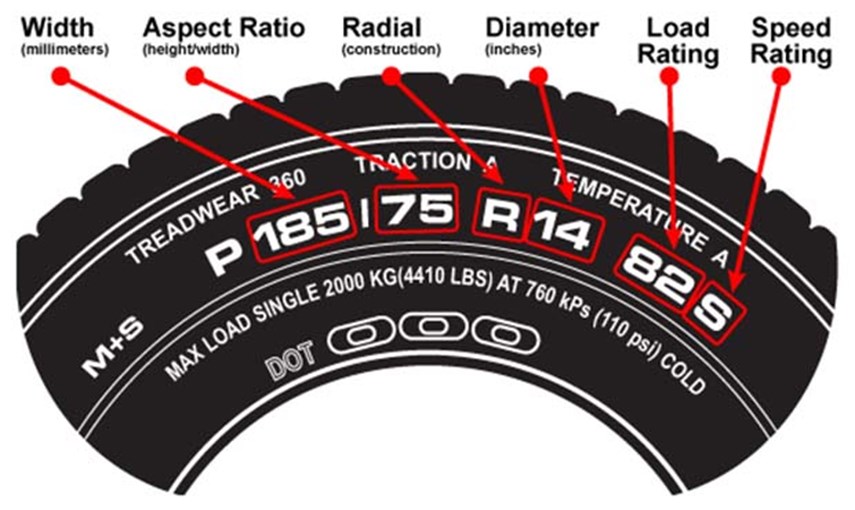
C: ASPECT RATIO The forward slash separates the tire width number from the two-digit aspect ratio. The bigger the aspect ratio, the higher/taller the tire’s sidewall, or “profile” as it’s sometimes called.
The aspect ratio is indicated on the tire sidewall as a percentage. It’s the height of the sidewall measured from wheel rim to top of the tread, expressed as a percentage of tire width.
In this example, the aspect ratio is 65, meaning the sidewall is 65 percent as high as the tire is wide. To get the sidewall height, take the tire width of 215 mm and convert it to inches (8.46). Then multiply this by 65% (.65). This gives you an answer of 5.5, the sidewall height in inches.
D: CONSTRUCTION TYPE This single letter tells you about the internal construction of the tire.
R is for radial tires, the industry standard for most tires today. They have better road grip, lower rolling resistance for better gas mileage, ride comfort and durability than previous generations of tires.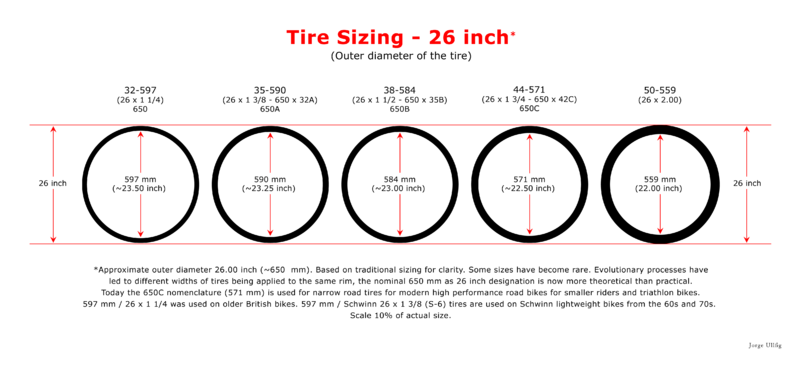 In a radial tire, the plies — layers of strong cords made of a blend of polyester, steel and fabric and coated with rubber — are laid perpendicular to the direction of travel.
In a radial tire, the plies — layers of strong cords made of a blend of polyester, steel and fabric and coated with rubber — are laid perpendicular to the direction of travel.
D is for tires built with diagonal (crisscrossed) plies, called bias-constructed tires. They are also called conventional, x-ply, or cross-ply tires. Some motorcycle and trailer tires still use this internal construction.
Some run-flat tires are identified with an F followed by the type of internal construction.
E: WHEEL DIAMETER This two-digit number specifies wheel diameter in inches. It’s the distance between the two bead seat areas (where a tire gets tightly sealed onto the wheel).
F: LOAD INDEX The two-digit or three-digit number that follows the gap specifies tire load index. The load index symbol indicates how much weight a tire can support, based on the following standard chart. In our example, the load index is 89, which indicates the tire has a load capacity of 1,279 pounds, when inflated to the tire’s maximum air pressure rating.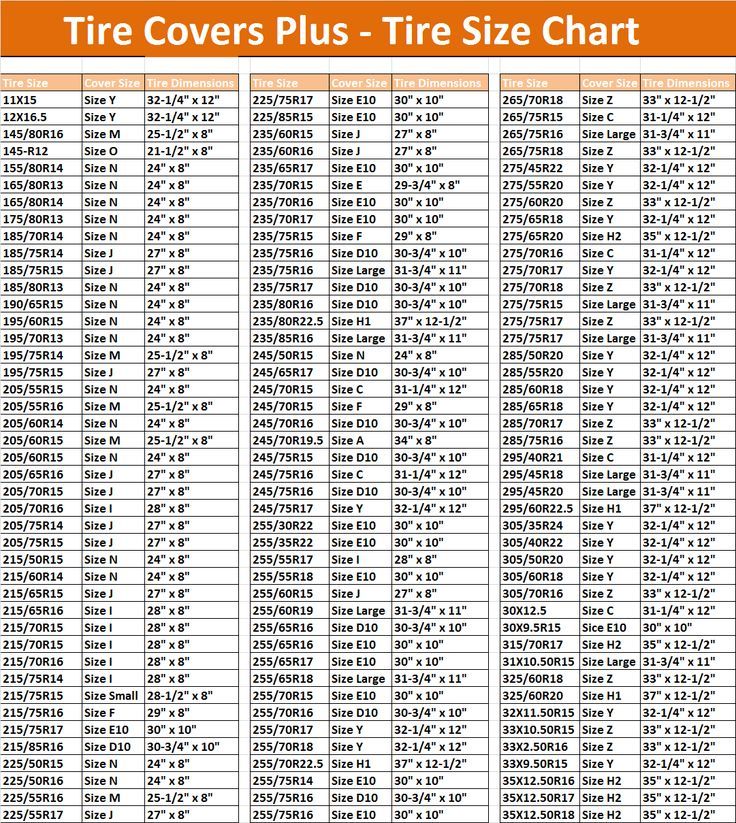
G: SPEED RATING The last letter is the tire speed rating. This indicates the top speed it’s safe to travel at for a sustained amount of time. A tire with a higher speed rating can handle heat better and provide more control at faster speeds. The maximum operating speed of a vehicle is no more than the lowest speed rating of all tires mounted on the vehicle. (Of course, you should always abide by speed limits for safer driving.) Speed rating is usually, but not always, a single letter (see the chart).
Below you will find several charts that will help you understand tire sizing numbers, including a load index chart and speed rating chart.
A tire size calculator is a quick way to see whether the tire size you’re considering will likely fit your car, SUV, sports car, light truck or crossover.
But remember that is only an estimate. It’s important to stay within the sizing tolerances of your vehicle. Tires that are the wrong size could cause some pull in the steering wheel, rub against the suspension or body of your vehicle, reduce clearance on hills, or result in a stiffer or noisier ride.
Tires that are the wrong size could cause some pull in the steering wheel, rub against the suspension or body of your vehicle, reduce clearance on hills, or result in a stiffer or noisier ride.
If you’re considering mounting a different tire size on your vehicle, check with a tire expert. Find out whether the tires and wheels you have your eye on are the right fit for your vehicle’s suspension, gearing, and bodywork. And ask how any differences in revolutions per mile, tire speed, load index, and speed rating will affect your ride quality and vehicle performance.
See how new tires and rims will look on your car or truck using our Virtual Wheels simulator, available at any Les Schwab.
Find Your Store
The three digits following the service type prefix (if present) tell us the cross-sectional width of the tire in millimeters.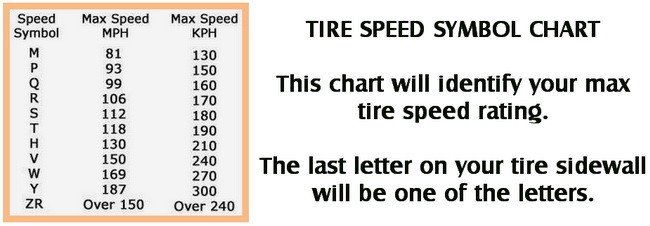
In the example above, the tires width, measured from the widest point of the inner sidewall to the widest point of the outer sidewall when properly mounted, is 225 millimeters. The section width can be converted to inches by dividing the width in millimeters by 25.4 like so: (225 millimeters) / (25.4 mm/in) = 8.86 inches.
The two-digit number that usually follows the tire's section width tells us the aspect ratio, or tire profile measurement.
In this example, the 45 indicates that the sidewall distance, from the wheel rim to the outside of the tread, is 45% of the section width. A lower aspect ratio means a lower-profile tire with a shorter sidewall, while a tire with a higher aspect ratio will have a taller sidewall and look more like a donut. Because we know that the tire size shown in this example has a section width of 8.86 inches and the aspect ratio is 45%, the sidewall height for this tire is 3.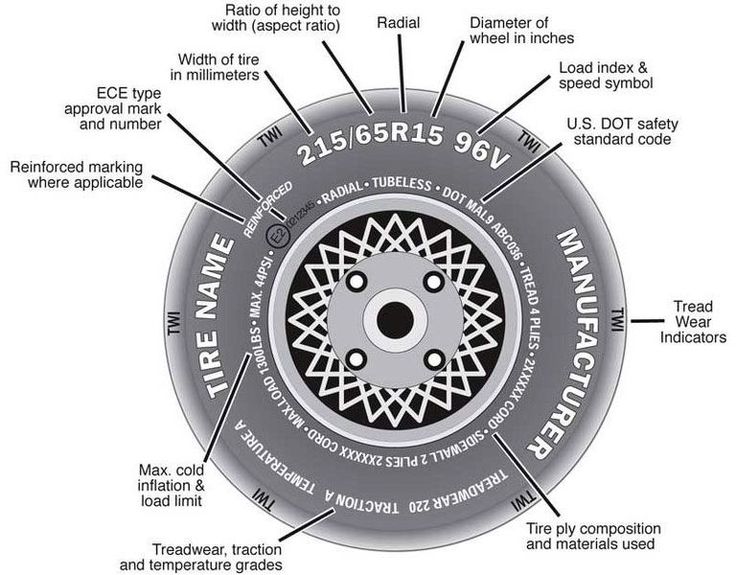 98 inches: (8.86 inches) x (.45) = 3.98 inches.
98 inches: (8.86 inches) x (.45) = 3.98 inches.
Again using our example tire size from above, the 17 means that the tire should be matched to a 17-inch diameter wheel.
Tires usually come in the following widths (in inches): 8, 10, 12, 13, 14, 15, 17, 18, 19, 20, 22, 23, 24, 26, and 28. Tires in these sizes are typically found on most passenger cars, light-duty light trucks, SUVs, minivans, and vans. Tires with a rim diameter measured in inches are called "inch rim" sizes.
In addition to the inch rim sizes, there are also some unique tire sizes out there. Although not as common, tires are made in half-inch diameters for some heavy-duty light trucks, box vans, and heavy-duty trailers. These sizes are usually 14.5, 15.5, 16.5, 17.5, and 19.5 inches, and an example would be 33x12.5R16.5 118R.
Tires and wheels with unique rim diameters should never be combined with traditional inch rim tires and wheels. Before mounting tires on wheels, the tire and wheel diameters should always be confirmed to match.
Before mounting tires on wheels, the tire and wheel diameters should always be confirmed to match.
When a letter (R, D, or B) follows the two-digit aspect ratio, it tells us the tire's construction. In this example, the R means that the tire has radial construction. Over 98% of all tires sold today are radial tires, where the internal body plies of the tire radiate outward from the center. If there's a D instead of an R, the tire has a bias ply construction, meaning that the internal body plies of the tire crisscross on a diagonal pattern. In belted tires (marked as B), the internal plies crisscross like in a D construction, but there's also an extra layer of reinforcing belts under the tread area. Belted tires are rarely seen these days.
Today, the only speed rating still included in the tire size is the Z rating (sports cars).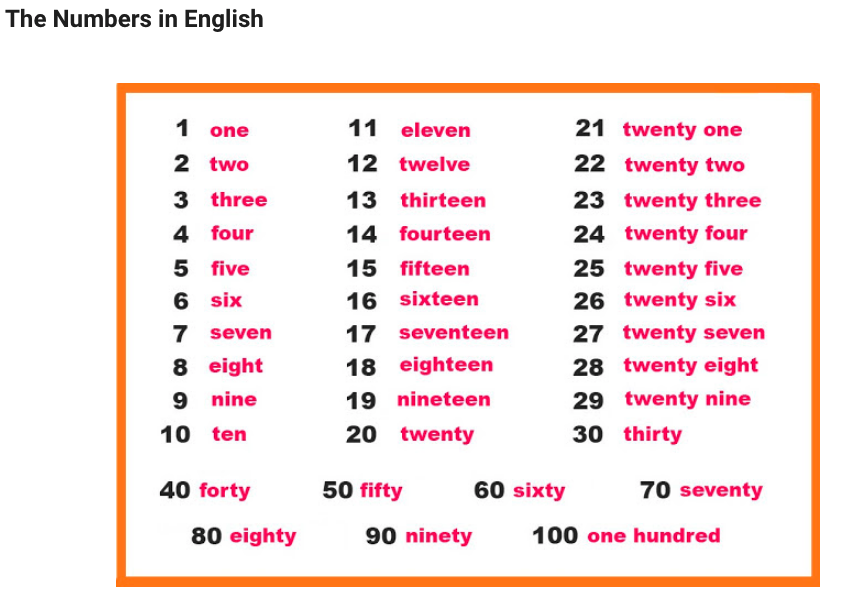 Since 1991, all other speed ratings are included in the service description, as shown below.
Since 1991, all other speed ratings are included in the service description, as shown below.
Since 1991, the service description rating is mandatory for all speed ratings (except Z-rated tires) and appears at the end of the tire's size brand. The service description is used to identify the tire's load index (91 in the example above) and speed rating (V in the example).
For more on load indexes and speed ratings, read Breaking the tire code: Understanding tire service description, load index, and speed rating
SHOP FOR TIRES
Nitrogen vs. air: Which is best?
It’s been a hot debate amongst tire nerds for years. We investigated and have the answer (sort of).
Original Equipment tires vs. replacement tires
Is it best to stick with your car's Original Equipment tires, or try something different? We’ll help you decide.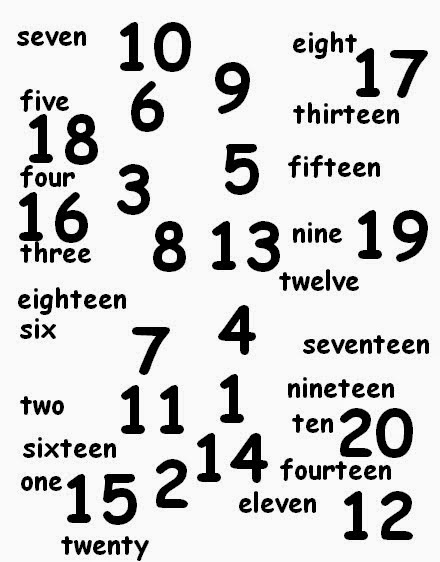
Your vehicle's trim/style
This is a pretty important bit of info when you’re buying tires. We’ll tell you how to find your trim level.
Tire numbers are explained by the letters and numbers printed on the side of the tire. These numbers tell you tires designation , then full dimensions , then total load/carrying capacity , speed rating and more. These characteristics are called the bus code. The specifications on the sidewall of your tires will always include tire size, radial construction, type of vehicle the tire was made for, speed rating, and pressure rating in PSI. The PSI inflation rating indicates the maximum PSI that a tire can safely handle. The tire specification also indicates the so-called load capacity. This is important when towing or towing a trailer. Read below for a complete guide to tires.
Width - Aspect Ratio - Radial - Diameter - Max. Load - Max. Speed the letter indicates the type of tires for certain vehicles.
p = Passenger car tire
T = Truck tire
Three digit number ( 215 ) is Width . This number refers to the tire width in millimeters. It is measured in millimeters from sidewall to sidewall.
A two digit number ( 65 ) is The aspect ratio is . This is the ratio of the height of the cross section of the tire to its width. The number 65 means that the height is equal to 65% of the width of the tire.
Letter ( p ) means Radial . This means that the layers run radially along the tire.
Number ( 17 ) is Wheel diameter . This is the size of the wheel, measured from one end to the other. It tells you the wheel size the tire is designed to fit.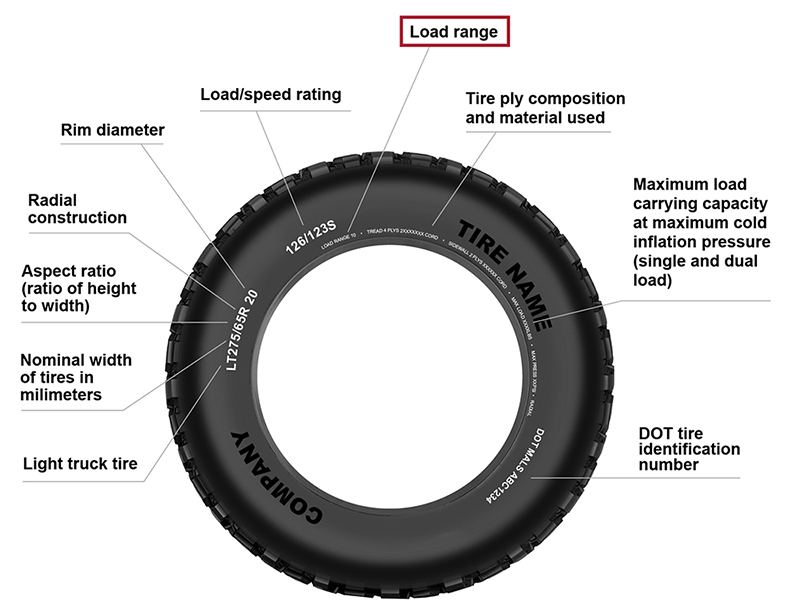
The next number ( 95 ) is Load index . The load index indicates the maximum load that a tire can support when properly inflated. You can also find the maximum tire sidewall load in both lb-lbs and kg kg.
Determine what could be causing your tires to wear using this chart.
The last letter ( HOUR ) defines Speed Rating . The speed rating indicates the maximum speed of the tire. A tire with an H speed rating has a top speed of 130 mph.
Here is a chart that will determine your tire speed rating for tires. The last letter on your tire will be one of the letters below:
M = 81 mph
N = 87 mph = Spare tires
n = 93 mph
Q = 99 mph = Winter tires
p = 106 mph = Truck tires
S = 112 mph = Automobiles and minivans
T = 118 mph = Automobiles and minivans
U = 124 mph = Sports cars
V = 149 mph = performance cars
V = 168 mph = heavy duty cars
Y = 186 mph0 heavy duty cars = 9010
In case you're wondering, the most common tire size is R15 .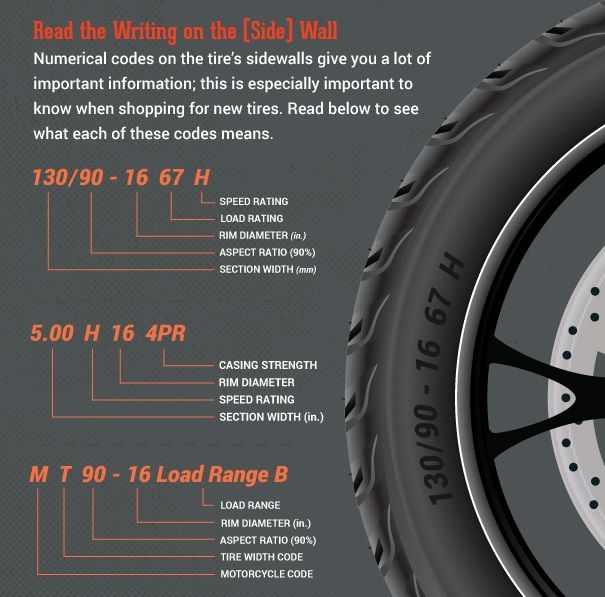 The most common tires used with size R15 are P235/75R15 , P205/65R15 , and P215/70R15 . The R15 tire is equipped with a 15-inch rim. The P tire option is the most common R15 tire. This tire is designed and designed for conventional passenger cars. The R16 is an enlarged version of the R15 tire. The most popular variant of this tire is the
The most common tires used with size R15 are P235/75R15 , P205/65R15 , and P215/70R15 . The R15 tire is equipped with a 15-inch rim. The P tire option is the most common R15 tire. This tire is designed and designed for conventional passenger cars. The R16 is an enlarged version of the R15 tire. The most popular variant of this tire is the
Driving in harsh winter conditions with all-season tires is a bad idea, we checked. And how do they behave in summer?
Related materials
At what temperature are summer tires better than winter tires? The expert explained everything
Experts behind Za Rulem, the oldest and most popular automotive publication in Russia, compared Continental AllSeasonContact all-season tires (M + S index) and Continental PremiumContact 6 summer tires and figured out how all-season tires behave in summer. After all, far from everywhere in Russia, winter is snowy and frosty, and somewhere all-season tires will fit perfectly in winter.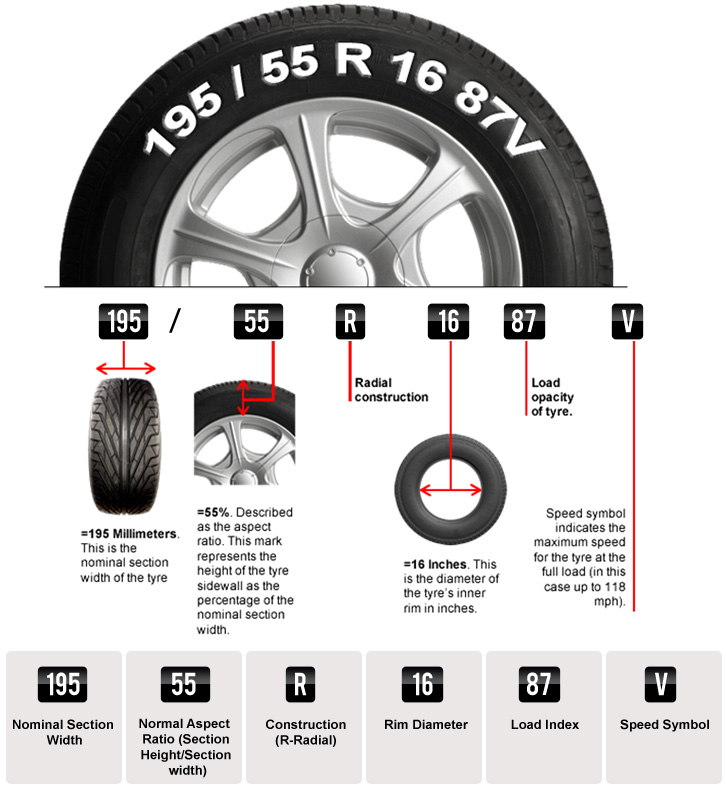 But can they compete with ordinary summer tires?
But can they compete with ordinary summer tires?
Of course, summer tires showed an advantage on dry pavement - in braking, handling and stability. And the hotter, the greater the difference. But in some ways, all-seasons give a fight and even get ahead of "summer"!
Related materials
Traffic police cameras will be taught to fine for "dirty" exhaust The traffic police will be armed with 3D scanners - what will change for drivers? on unreinforced surfaces, the M+S tires clung better than summer tires slipping on dirt and grass. The difference is two expert points! This means that there are much more chances to reach your destination during the muddy season on all seasons.
Related content
Summer tires 2022 - a big test "Behind the wheel"
In terms of comfort, all-seasons are more interesting - firstly, they are a little quieter. Although it cannot be ruled out that this is a plus of a particular model, because acoustic comfort strongly depends on the tread pattern.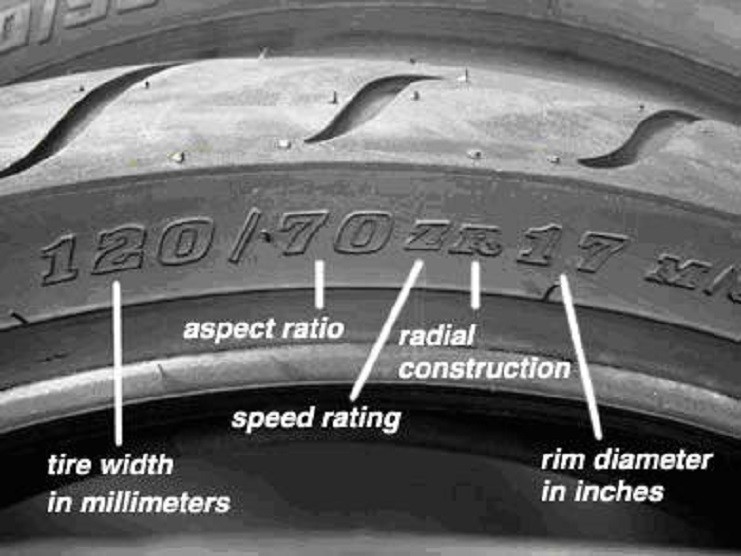 .. it is felt on small and medium bumps.
.. it is felt on small and medium bumps.
There's a lot to think about here. In terms of rolling resistance, all-season tires are again in the black, but only by 7.5%, that is, they are more economical by about 0.2 l/100 km. At the same time, soft all-weather shoes wear out faster than summer ones. So profitability is highly dependent on road conditions and driving style.
Related content
Spikes, Velcro and All Seasons: Snow and Ice Tests
The all-season brakes on wet asphalt a little better, by a couple of percent. But in puddles it definitely goes into the gap: longitudinal aquaplaning occurs at the same speed as summer tires, but in the transverse direction the universal model holds better, winning back more than five percent of the average lateral acceleration. When it gets cold, the all-season starts to win in terms of holding, because it’s already just cold for summer tires.